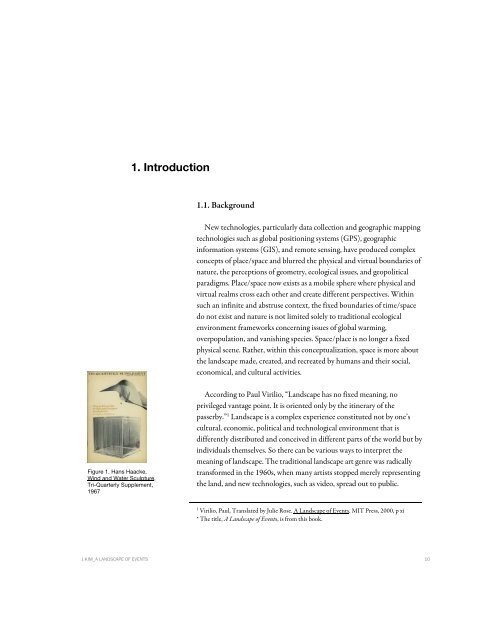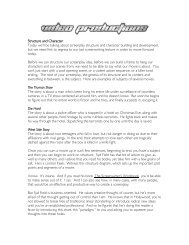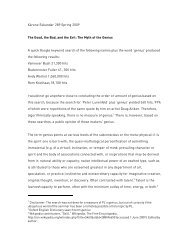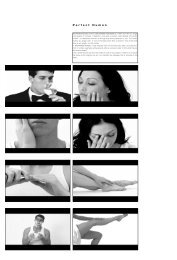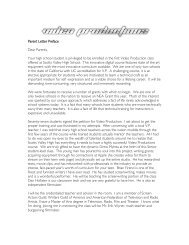UNIVERSITY OF CALIFORNIA Los Angeles - Users - UCLA
UNIVERSITY OF CALIFORNIA Los Angeles - Users - UCLA
UNIVERSITY OF CALIFORNIA Los Angeles - Users - UCLA
Create successful ePaper yourself
Turn your PDF publications into a flip-book with our unique Google optimized e-Paper software.
1. Introduction<br />
<br />
1.1. Background<br />
New technologies, particularly data collection and geographic mapping<br />
technologies such as global positioning systems (GPS), geographic<br />
information systems (GIS), and remote sensing, have produced complex<br />
concepts of place/space and blurred the physical and virtual boundaries of<br />
nature, the perceptions of geometry, ecological issues, and geopolitical<br />
paradigms. Place/space now exists as a mobile sphere where physical and<br />
virtual realms cross each other and create different perspectives. Within<br />
such an infinite and abstruse context, the fixed boundaries of time/space<br />
do not exist and nature is not limited solely to traditional ecological<br />
environment frameworks concerning issues of global warming,<br />
overpopulation, and vanishing species. Space/place is no longer a fixed<br />
physical scene. Rather, within this conceptualization, space is more about<br />
the landscape made, created, and recreated by humans and their social,<br />
economical, and cultural activities.<br />
Figure 1. Hans Haacke,<br />
Wind and Water Sculpture,<br />
Tri-Quarterly Supplement,<br />
1967<br />
According to Paul Virilio, “Landscape has no fixed meaning, no<br />
privileged vantage point. It is oriented only by the itinerary of the<br />
passerby.” 1 Landscape is a complex experience constituted not by one’s<br />
cultural, economic, political and technological environment that is<br />
differently distributed and conceived in different parts of the world but by<br />
individuals themselves. So there can be various ways to interpret the<br />
meaning of landscape. The traditional landscape art genre was radically<br />
transformed in the 1960s, when many artists stopped merely representing<br />
the land, and new technologies, such as video, spread out to public.<br />
1<br />
Virilio, Paul, Translated by Julie Rose. A Landscape of Events. MIT Press, 2000, p xi<br />
* The title, A Landscape of Events, is from this book.<br />
J.KIM_A LANDSCAPE <strong>OF</strong> EVENTS 10


